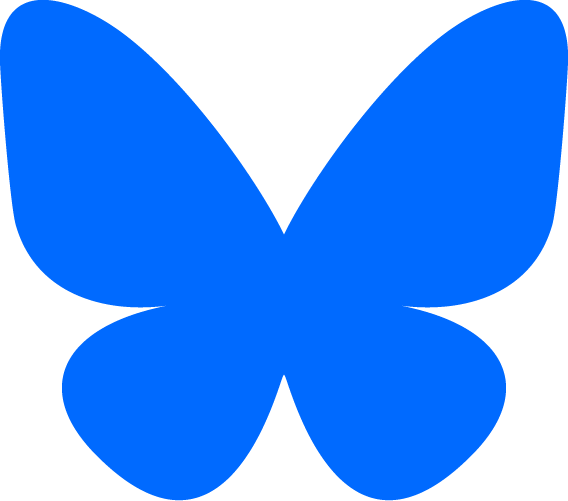Great brocade is medium-sized moth but a large dart moth. It occurs across the Northern Hemisphere, in Europe, Asia, Greenland, and North America. In the United States it occurs in the east from Maine to North Dakota south to Pennsylvania and Illinois, and in the west from Washington to California east to Montana and New Mexico. It also occurs in Alaska and in every province of Canada. It is absent from the Great Plains. Though widespread and fairly common in other areas, it is considered uncommon in northeastern North America, including in Minnesota. Larvae (cutworms) feed on the leaves of a variety of trees and shrubs, including tamarack, cedar, willow, birch, quaking aspen, alder, sweetgale, snowberry, blueberry, and meadowsweet. It has been speculated that defoliation caused by the cutworms is responsible for the demise of the Vikings in Greenland. Adults are found in coniferous and mixed forests, birch-aspen forests, and bogs. They feed on flower nectar.
The adult moth is 1⅛″ to 1⅜″ (29 to 35 mm) in length and has a wingspan of 1¼″ to 2⅜″ (32 to 60 mm). It is the largest dart moth in northeast United States.
The forewing is long, moderately narrow, and variably colored, with an intricate, contrasting, brocade-like pattern. This is the feature that gives the moth its common name. The background color is pale gray, grayish-brown, or reddish-brown, and there are dark areas and markings of the same color. The central area (cell) of the forewing is darkest. The basal, antemedial (AM), and postmedial (PM) lines are each represented by a two very dark lines with pale color between them. The basal and AM lines are irregular. The PM line has a light and a dark dot at the outer point of each scallop. The subterminal line is represented by a row of inward-pointing chevrons. The terminal area is pale. The terminal line is row of black or blackish-brown triangles between the veins. There are three spots in the median area. A large, pale, egg-shaped to diamond-shaped spot (orbicular spot) near the AM line contrasts sharply with the background. A smaller, cone-shaped spot (claviform spot) connected to the AM line is slightly paler than the background. A larger kidney-shaped spot (reniform spot) has a pale background but is heavily dusted with dark scales. It is mostly dark and does not stand out well from the background. All three spots have a dark outline. There is a short dark dash in the basal area, a dark line connecting the orbicular and reniform spots, and a dark line below the claviform spot.
The hindwing is a medium shade of the forewing colors, darker on the outer third. It is unmarked except for a faint, crescent shape (linule) in the discal area. The fringe is white and highly contrasting.
The head and thorax are same color as the forewing and also have dark lines. The antennae are slender and thread-like on both sexes. The eyes are bare.
Size
Total length: 1⅛″ to 1⅜″ (29 to 35 mm)
Wingspan: 1¼″ to 2⅜″ (32 to 60 mm)
Similar Species
Season
One generation per year: mid-June to September
Behavior
Adults are active at night and will come to lights. When disturbed, they tend to drop to the ground and scurry under debris, rather than fly away.
Life Cycle
Partially grown larvae overwinter. They resume feeding in April and pupate in June or July. Adults emerge in late summer.
Larva Food/Hosts
Leaves of a variety of trees and shrubs, including tamarack, cedar, willow, birch, quaking aspen, alder, sweetgale, snowberry, blueberry, and meadowsweet
Adult Food
Flower nectar










